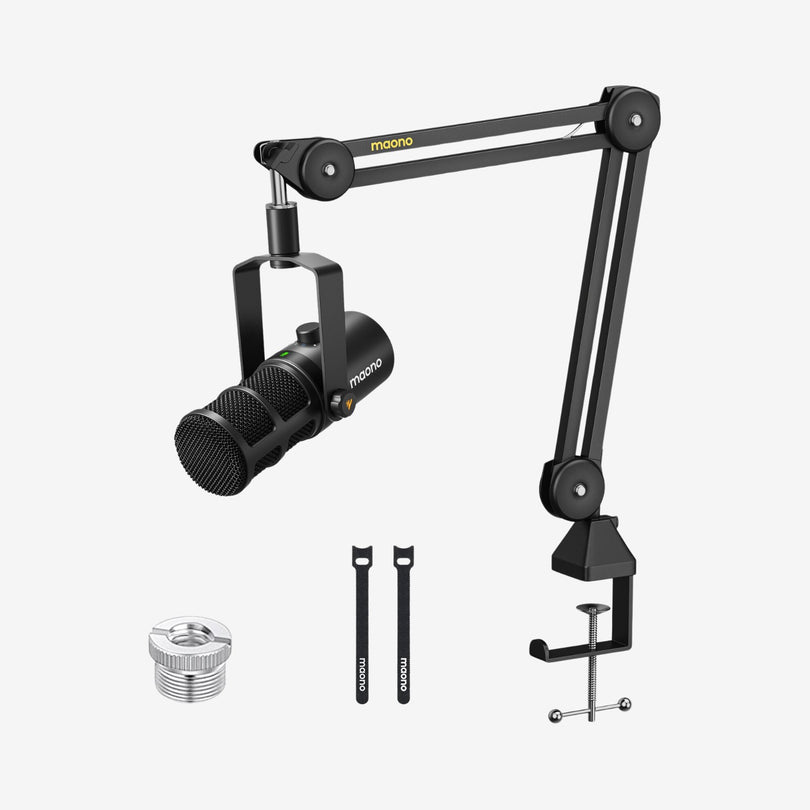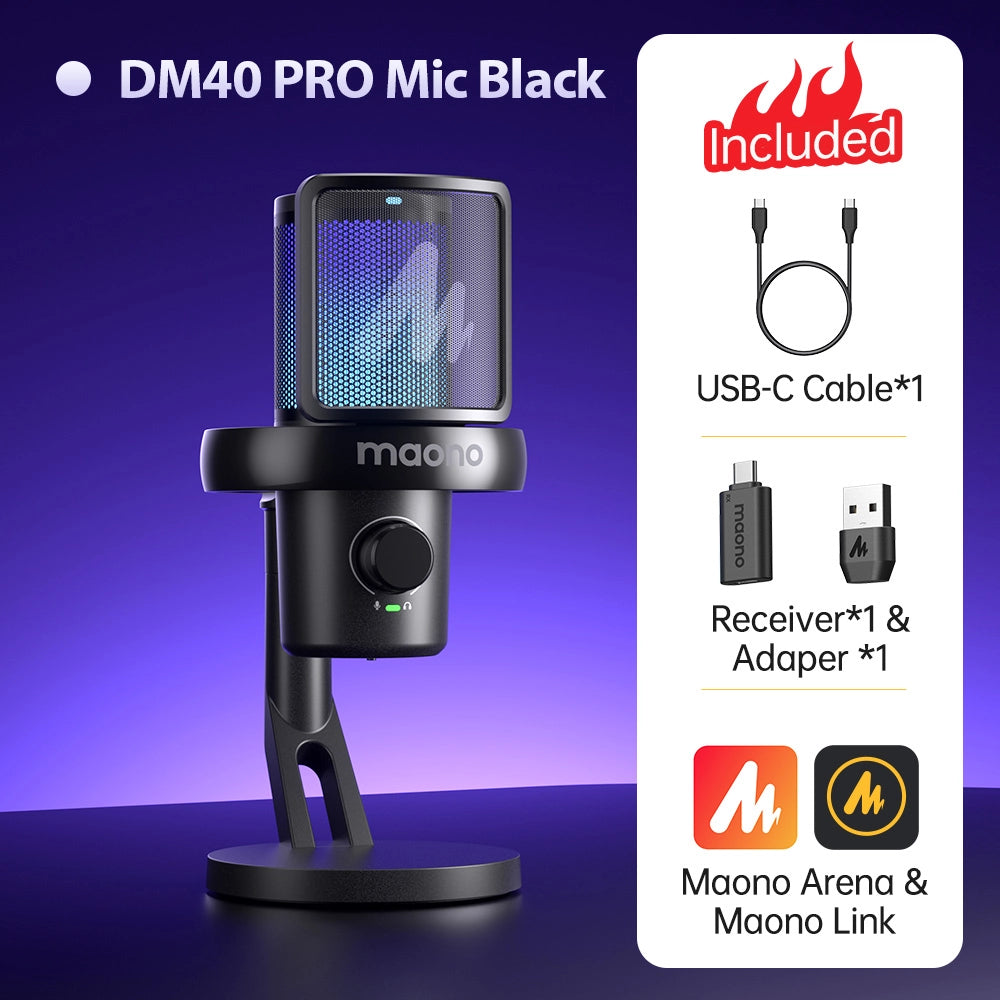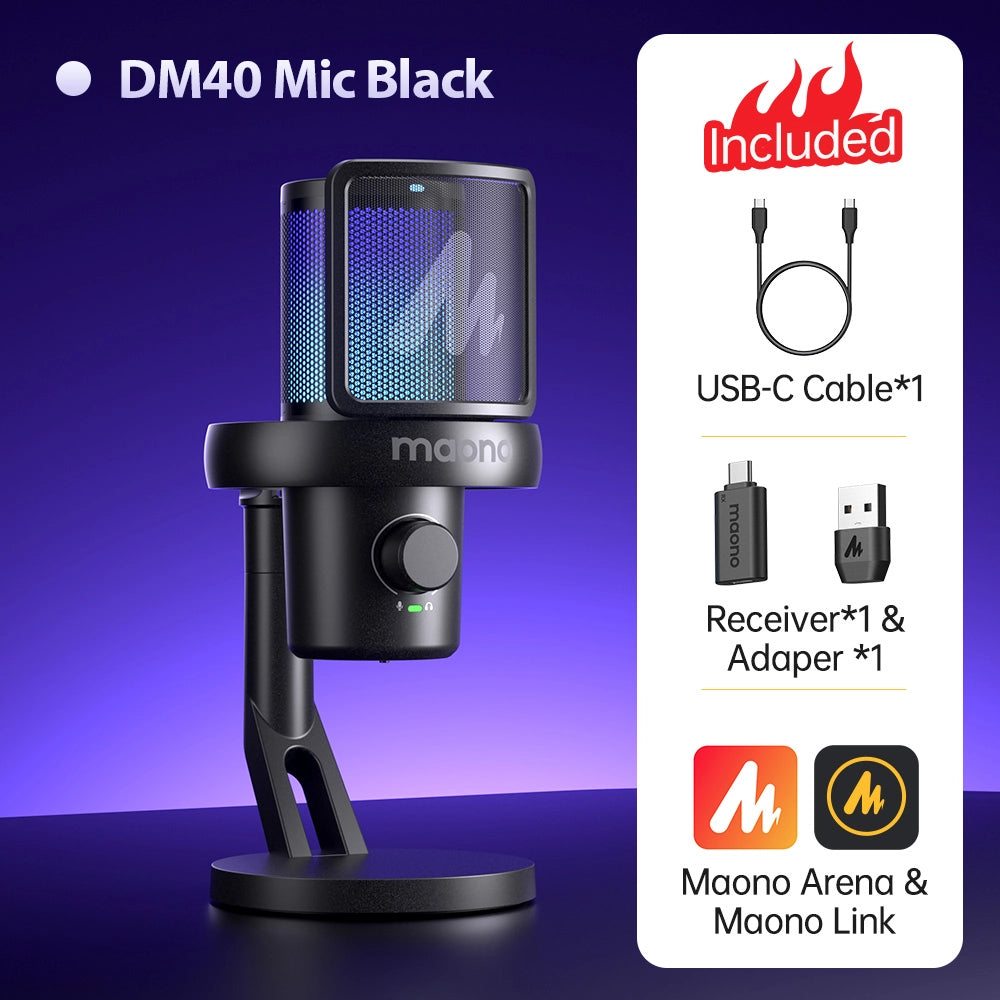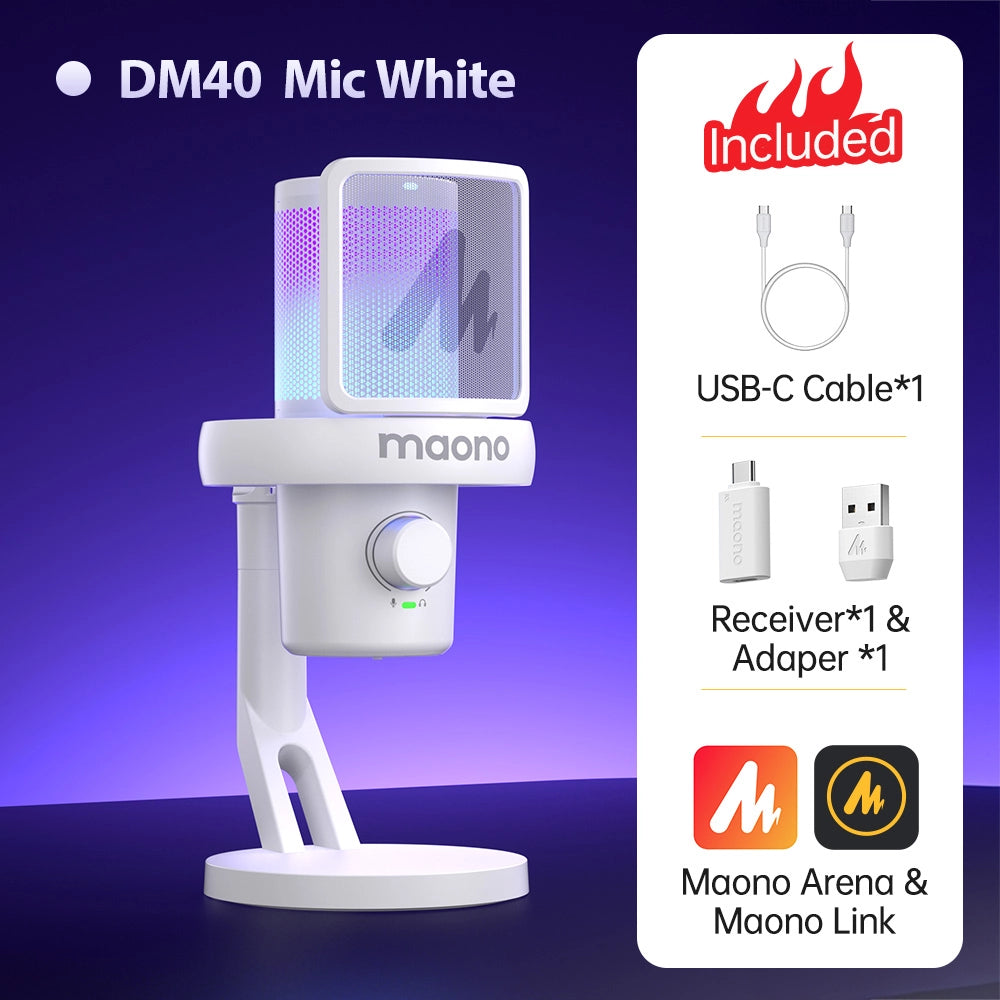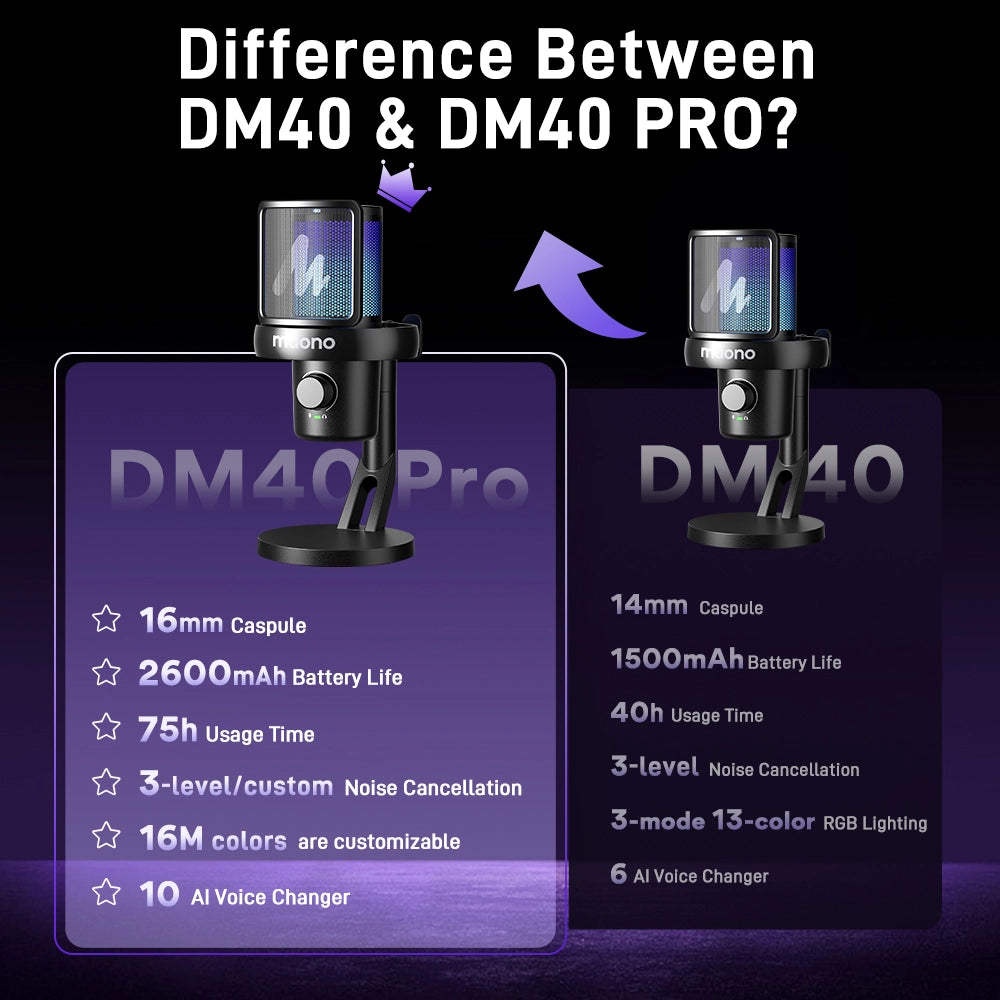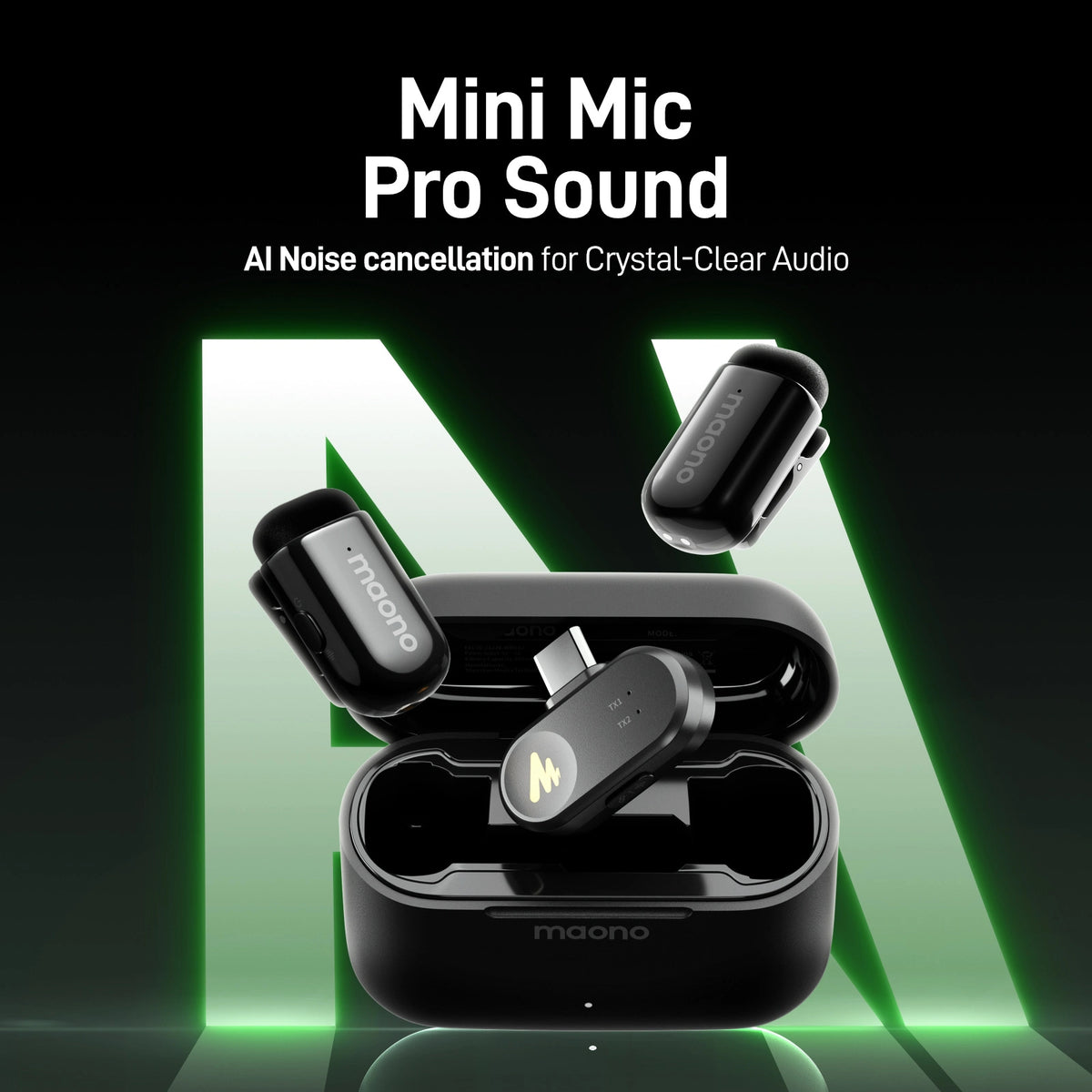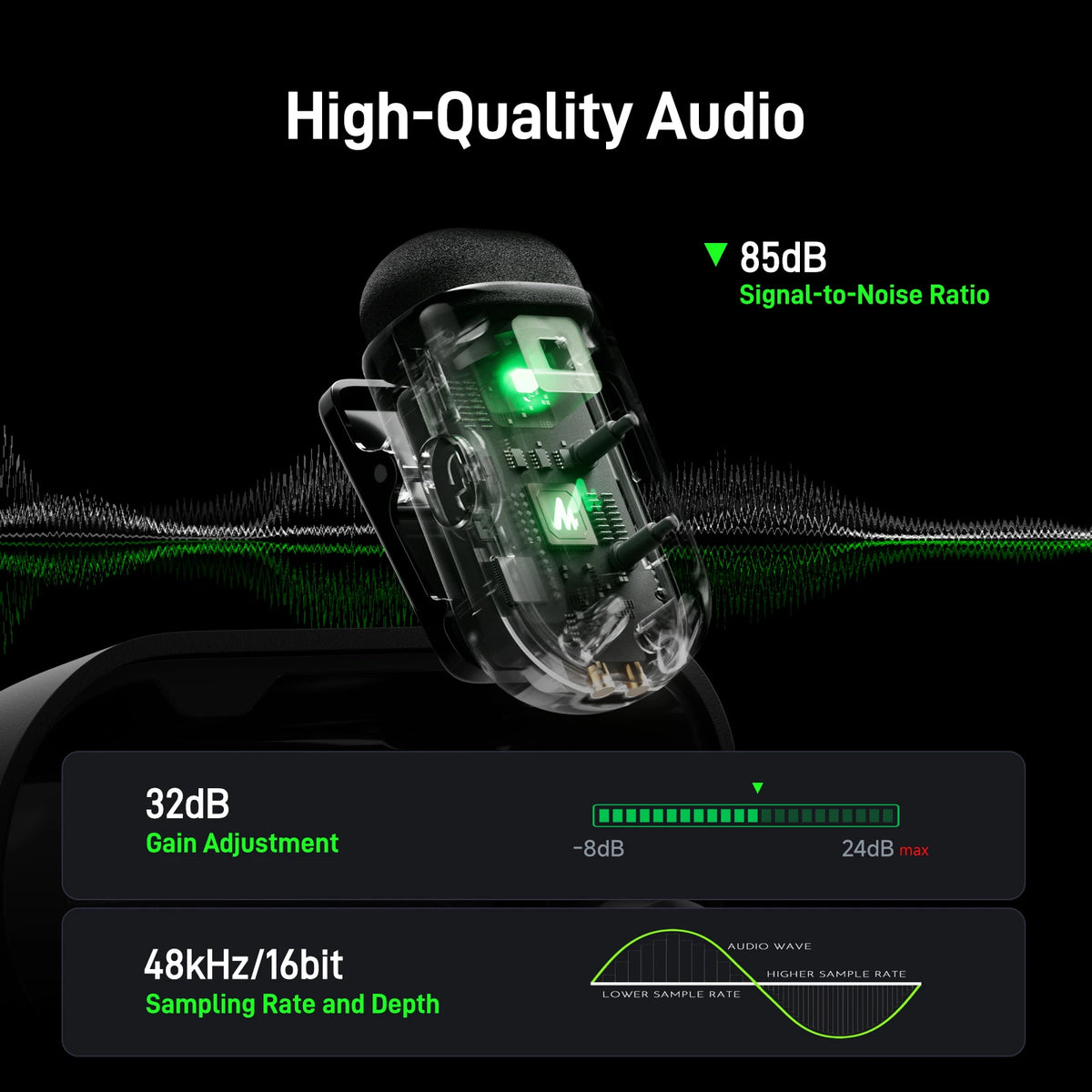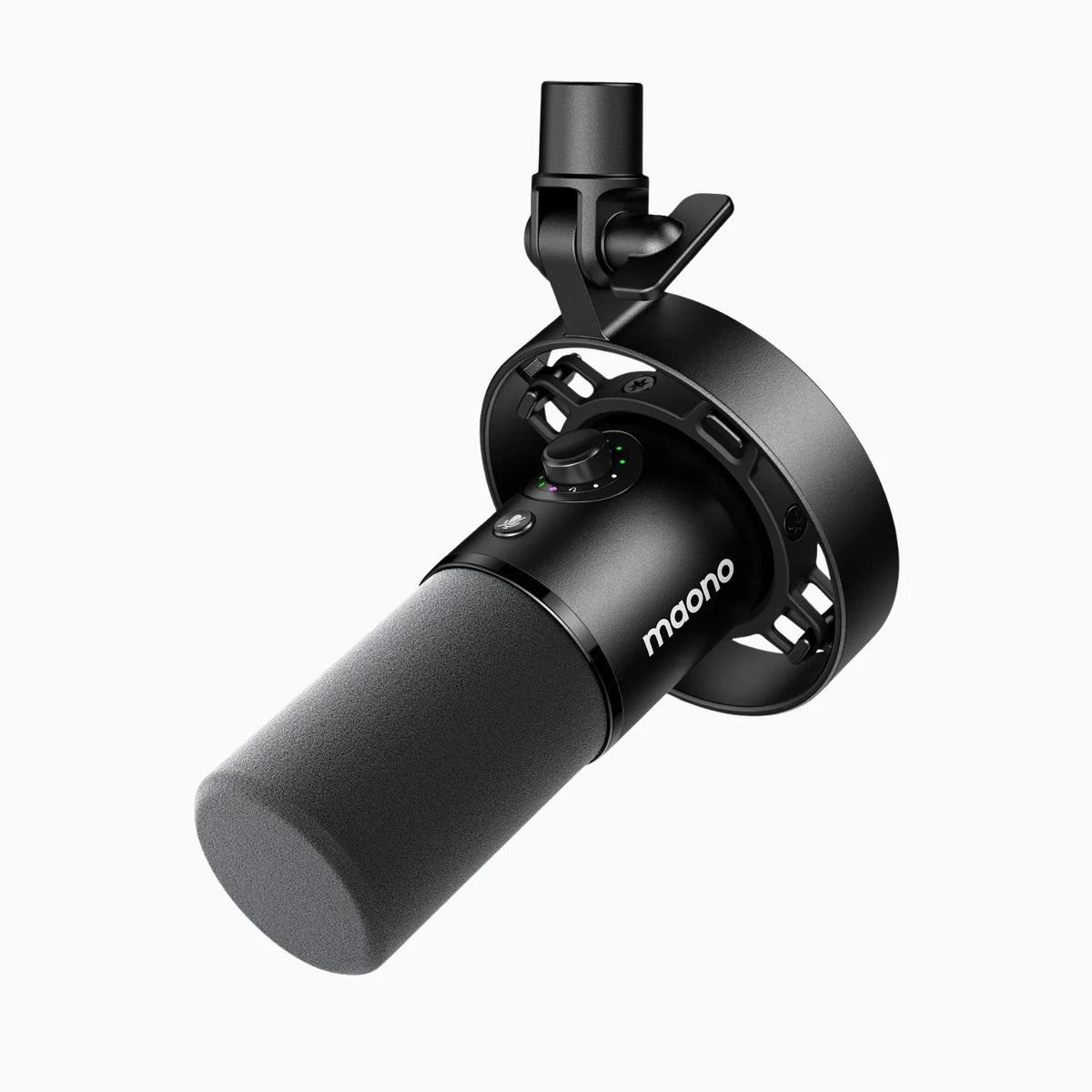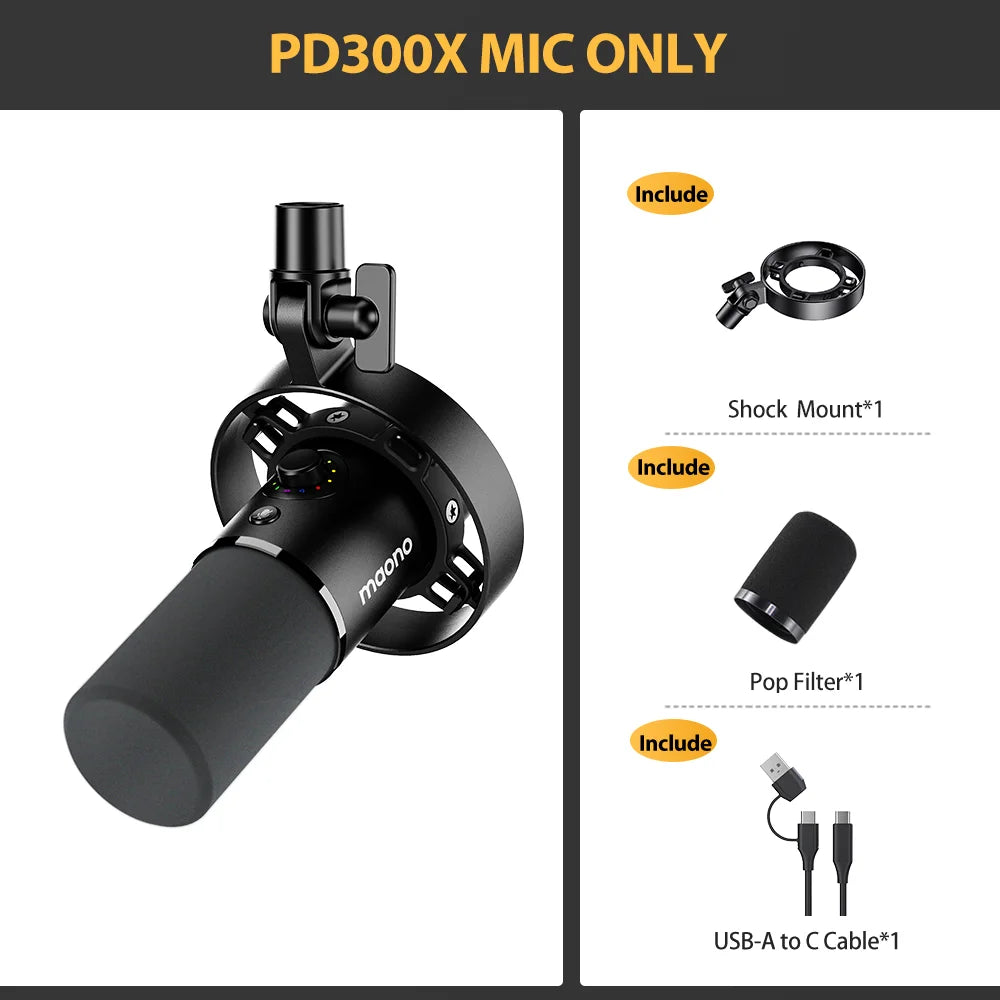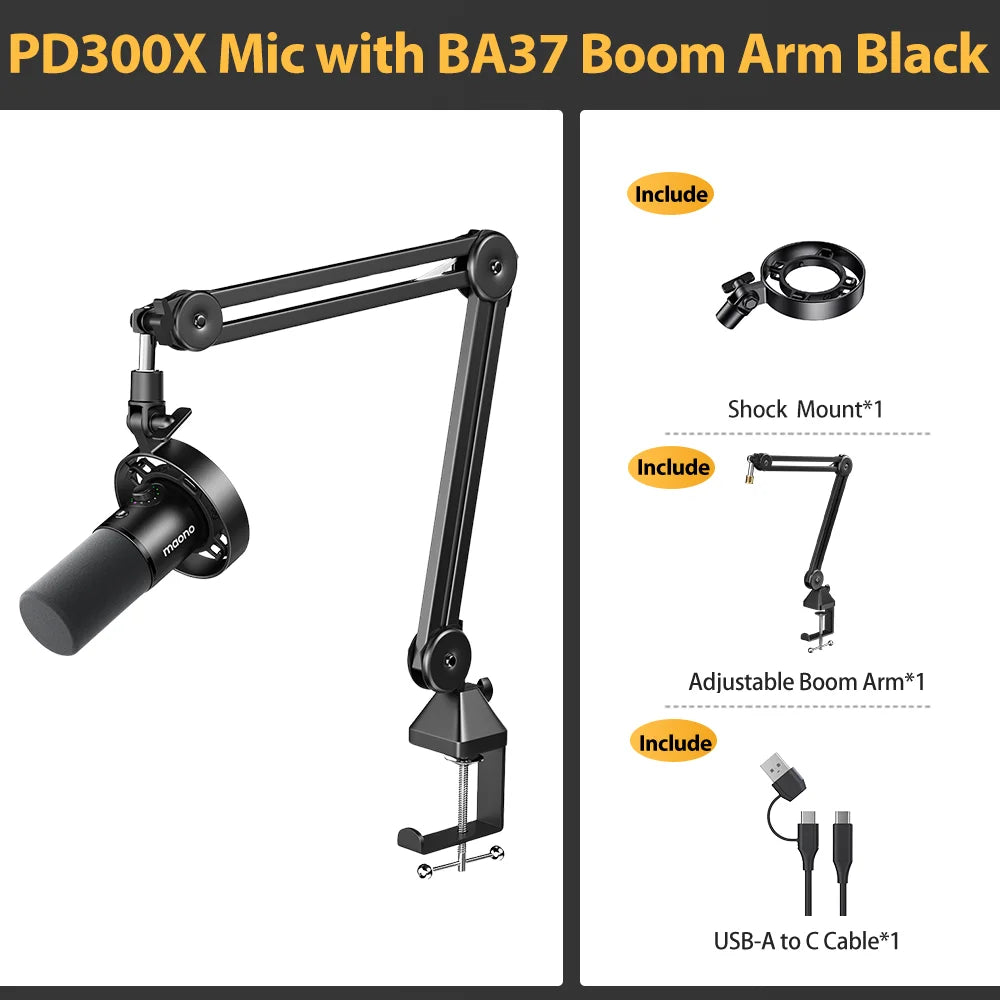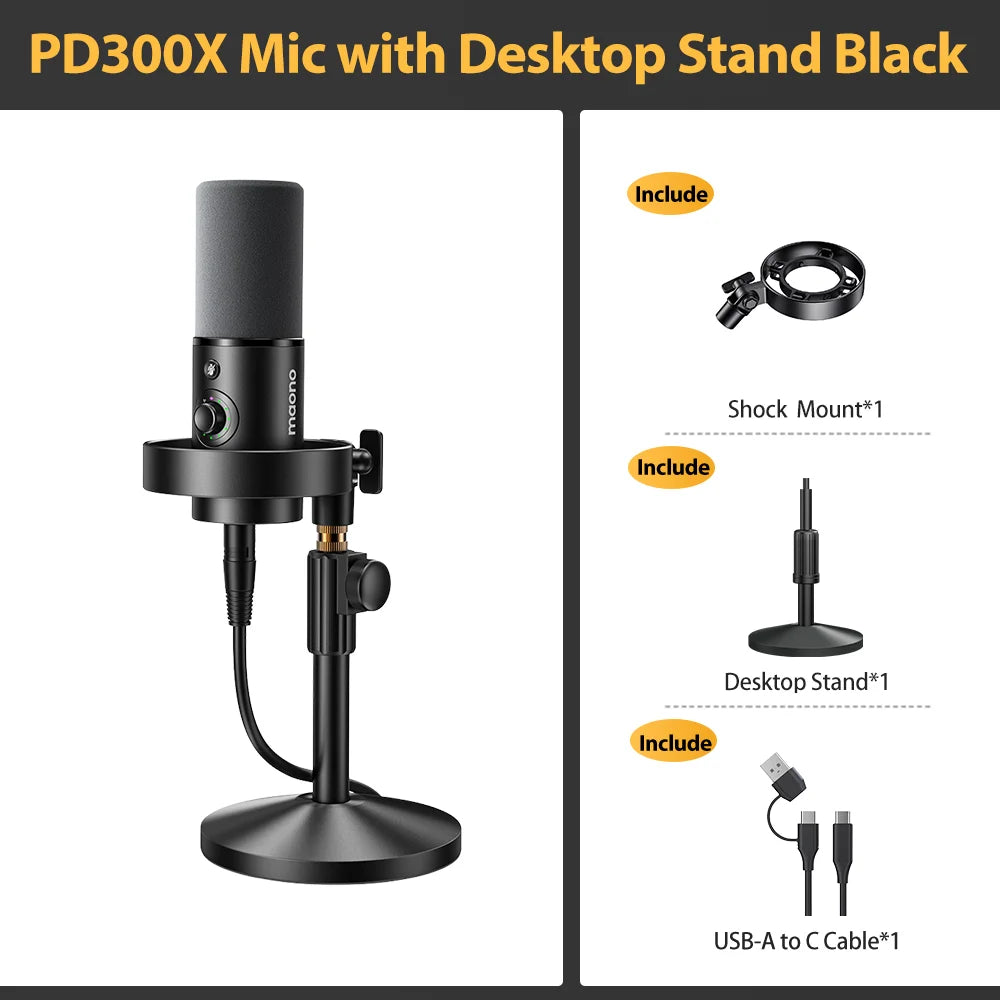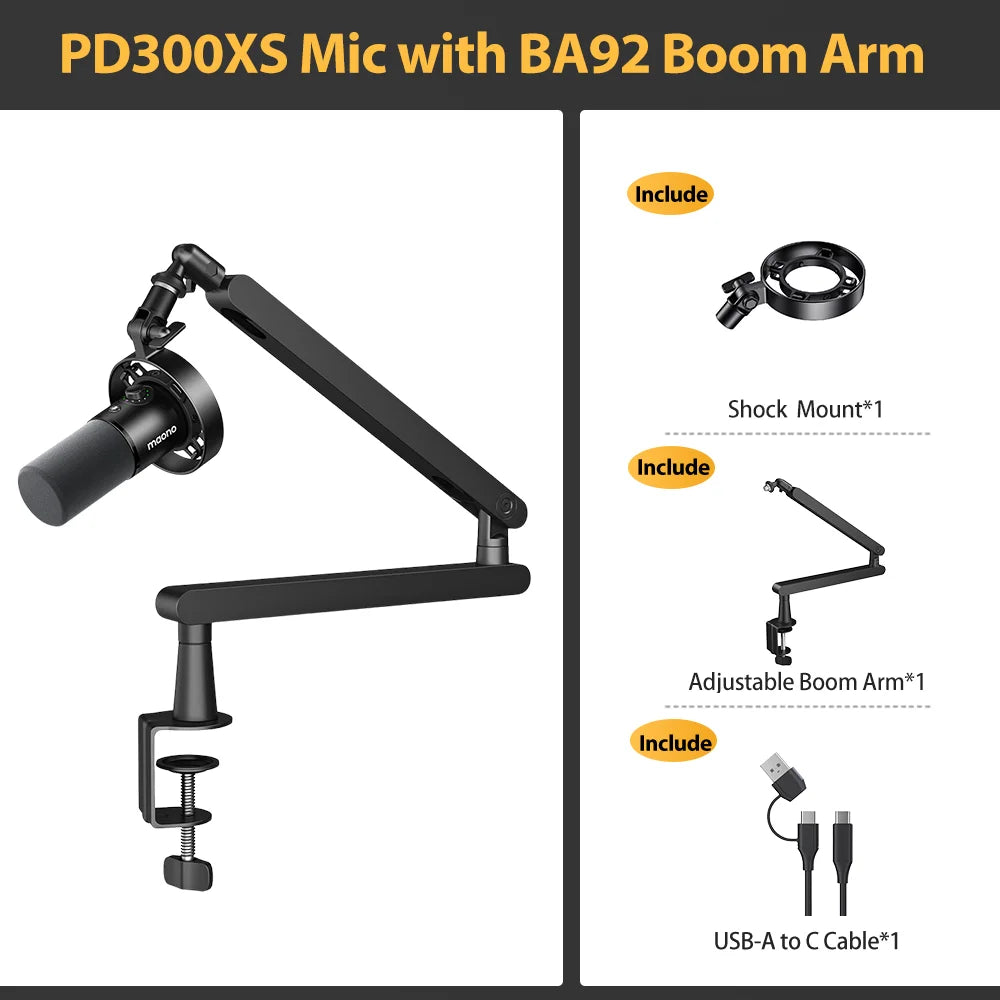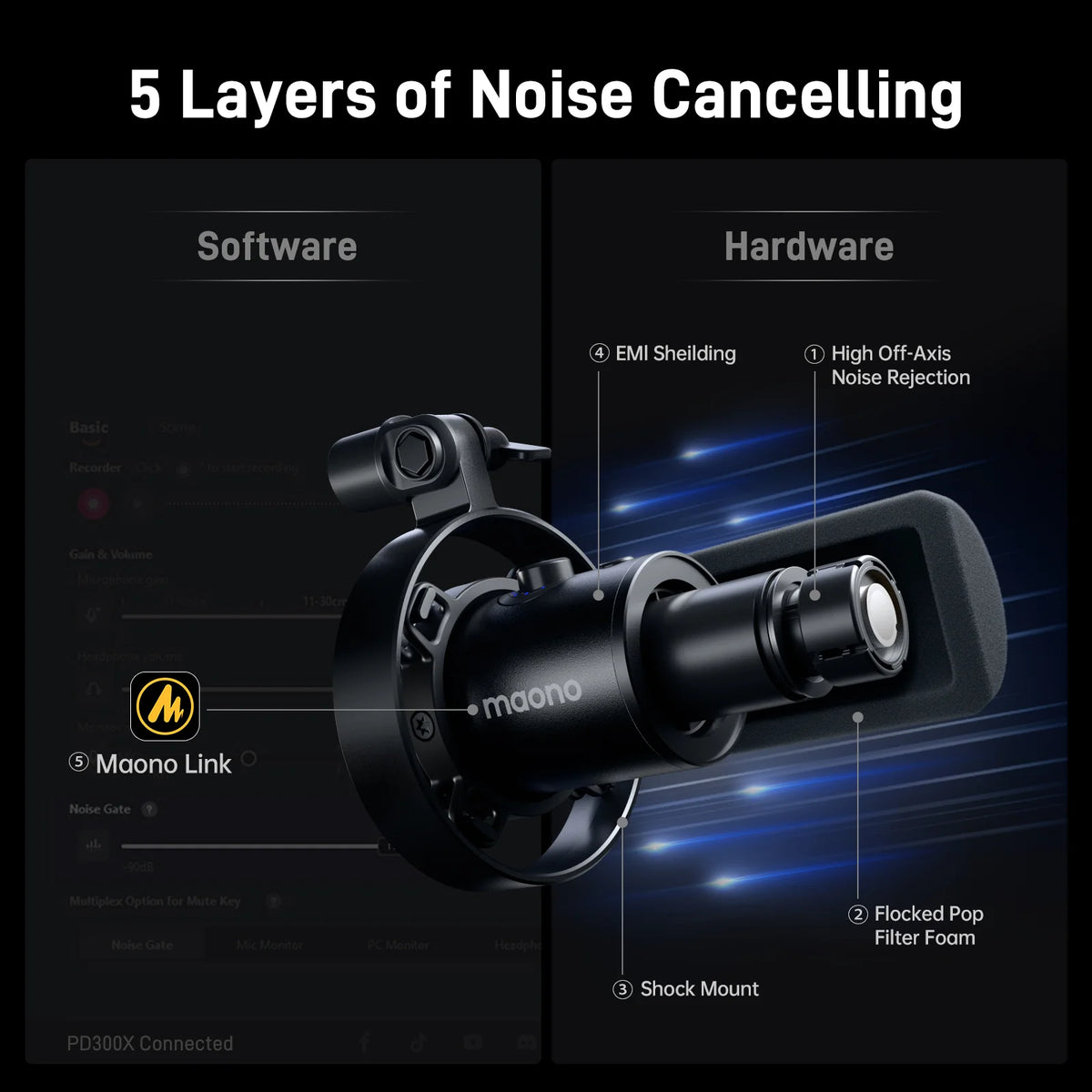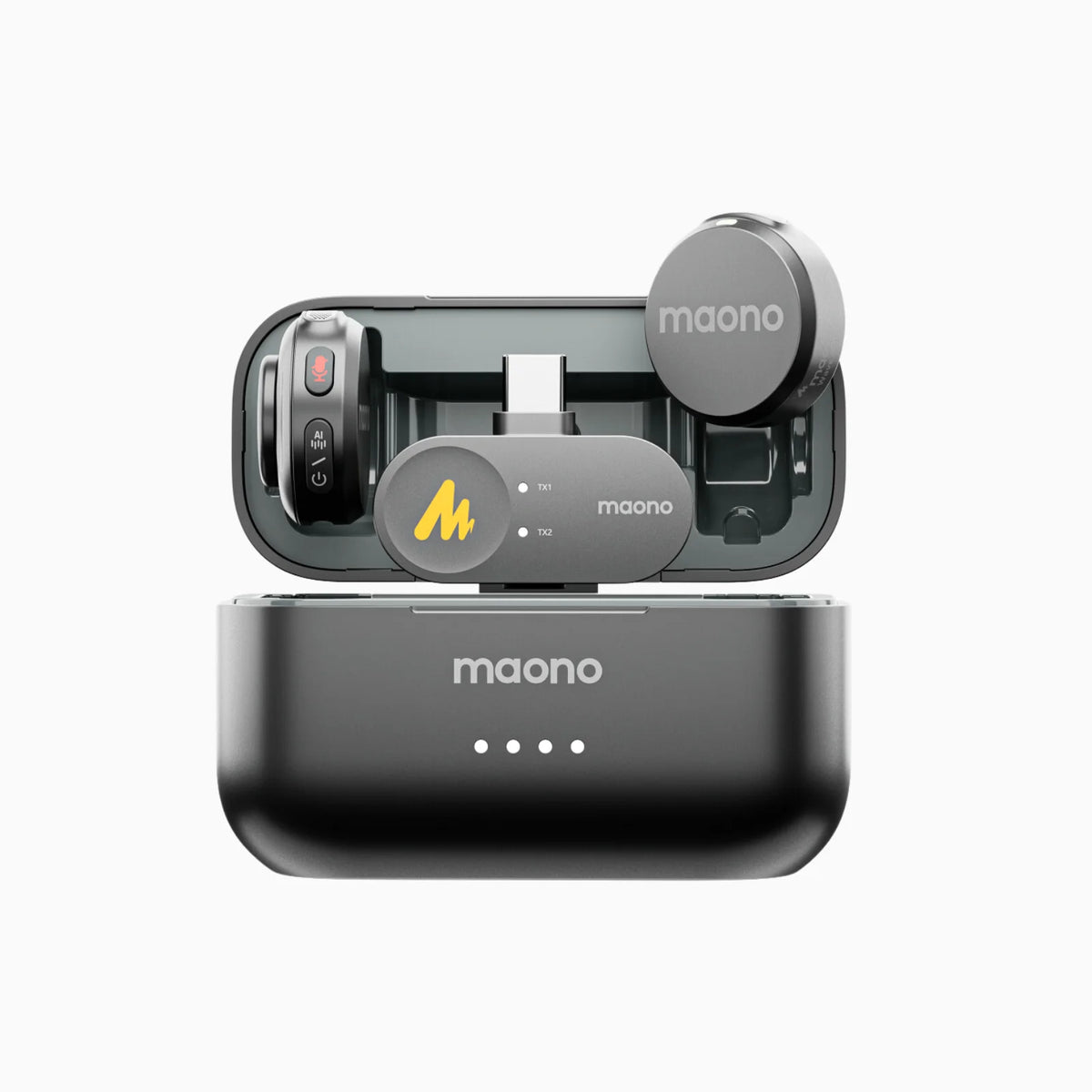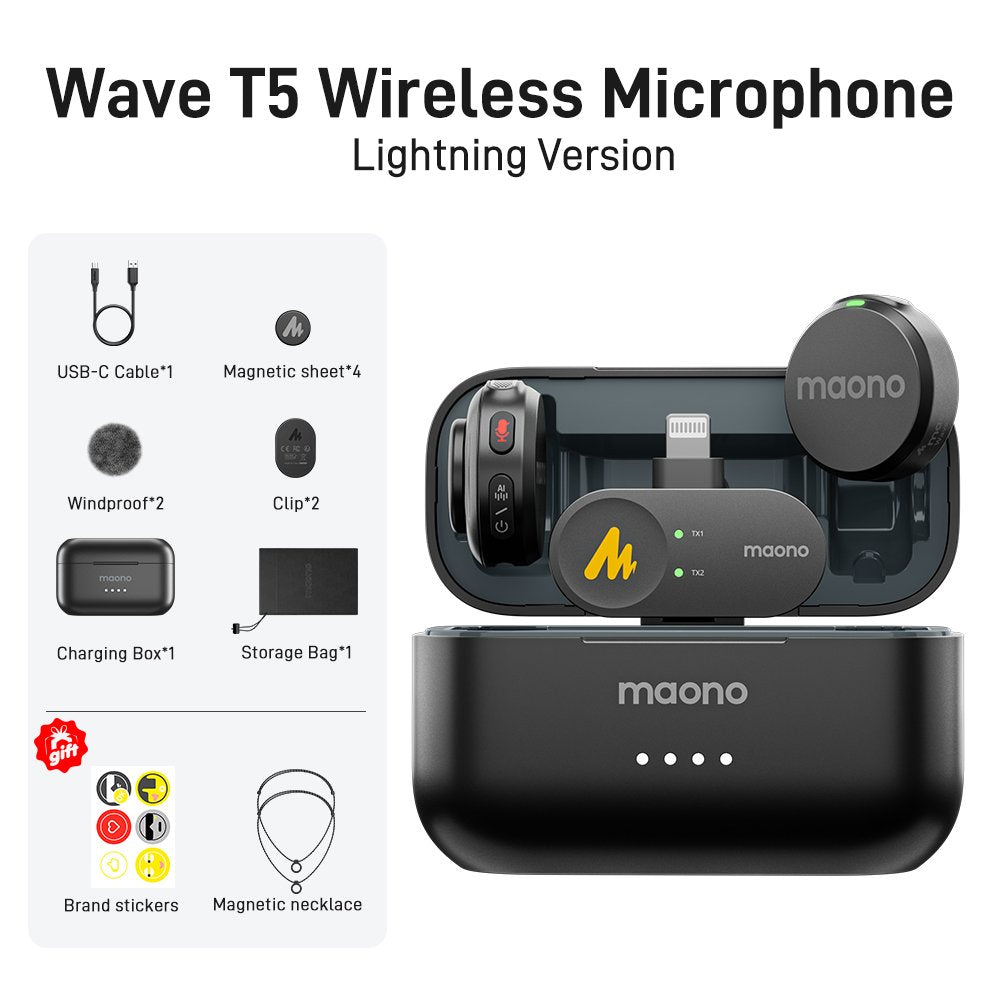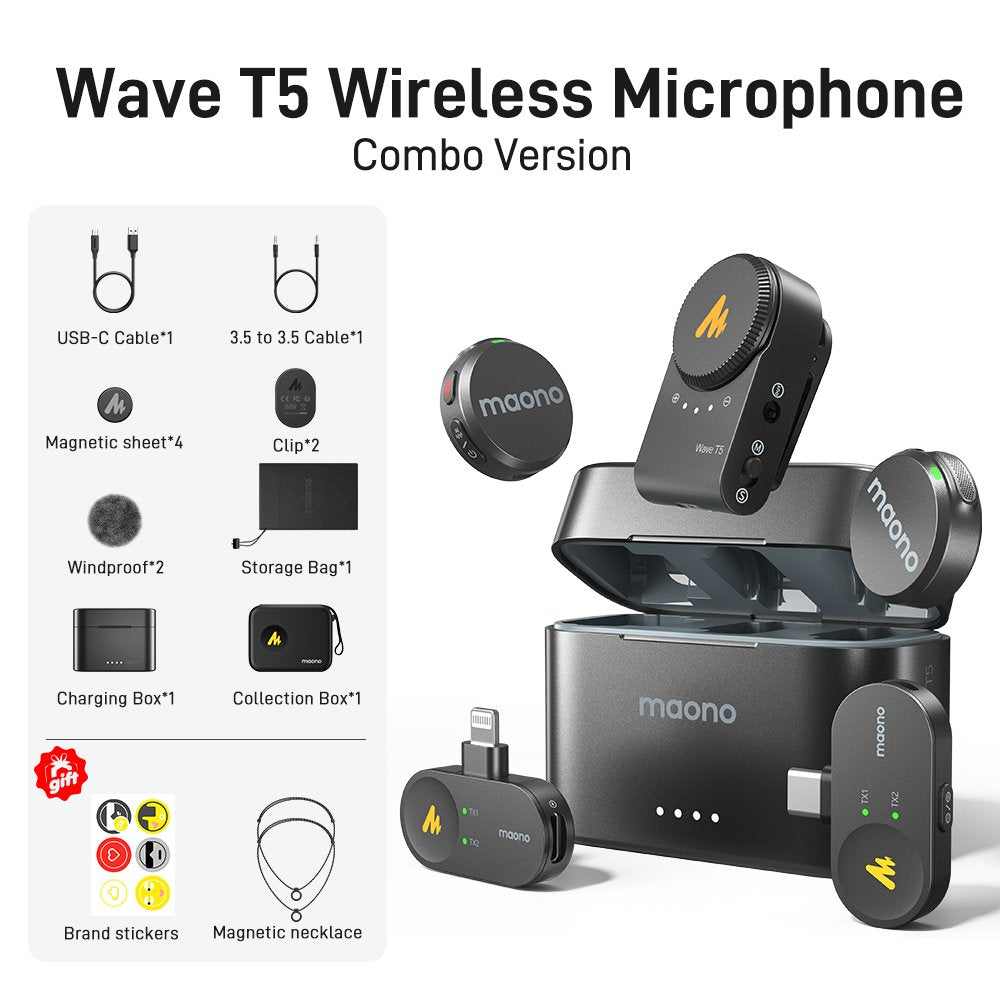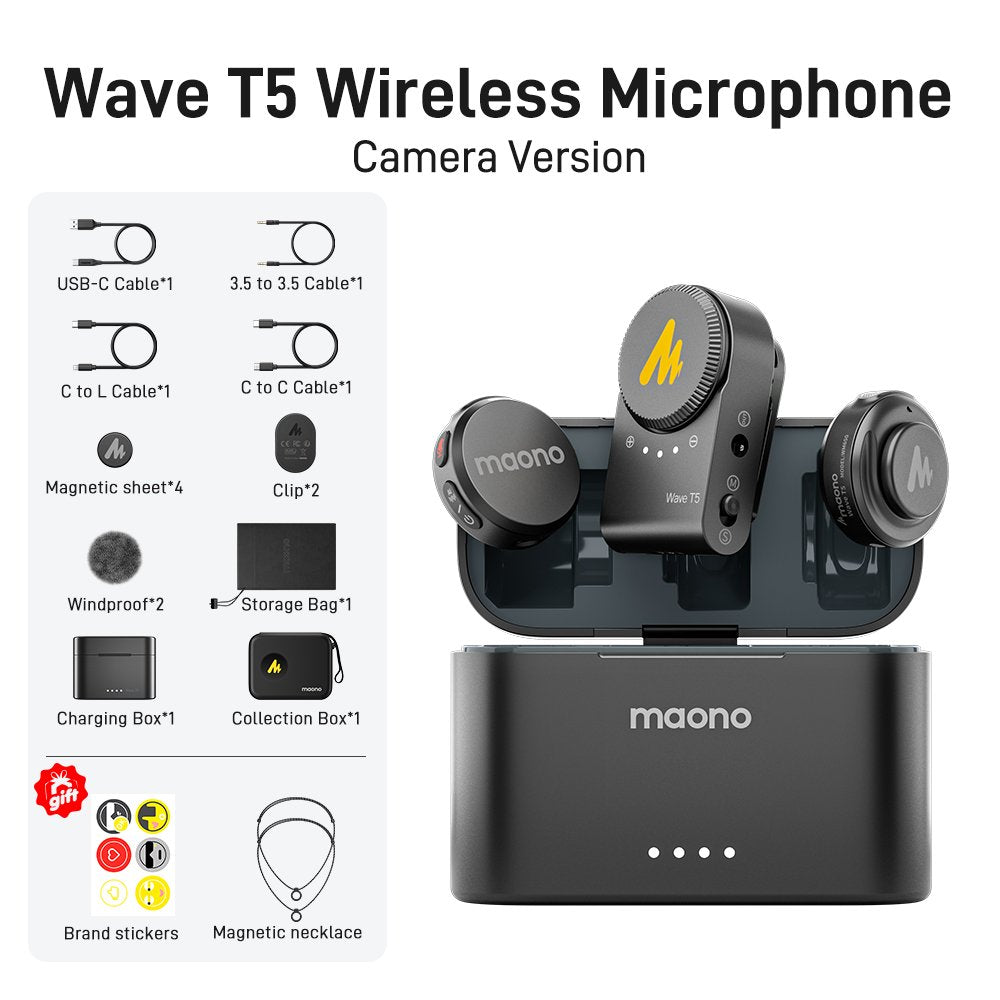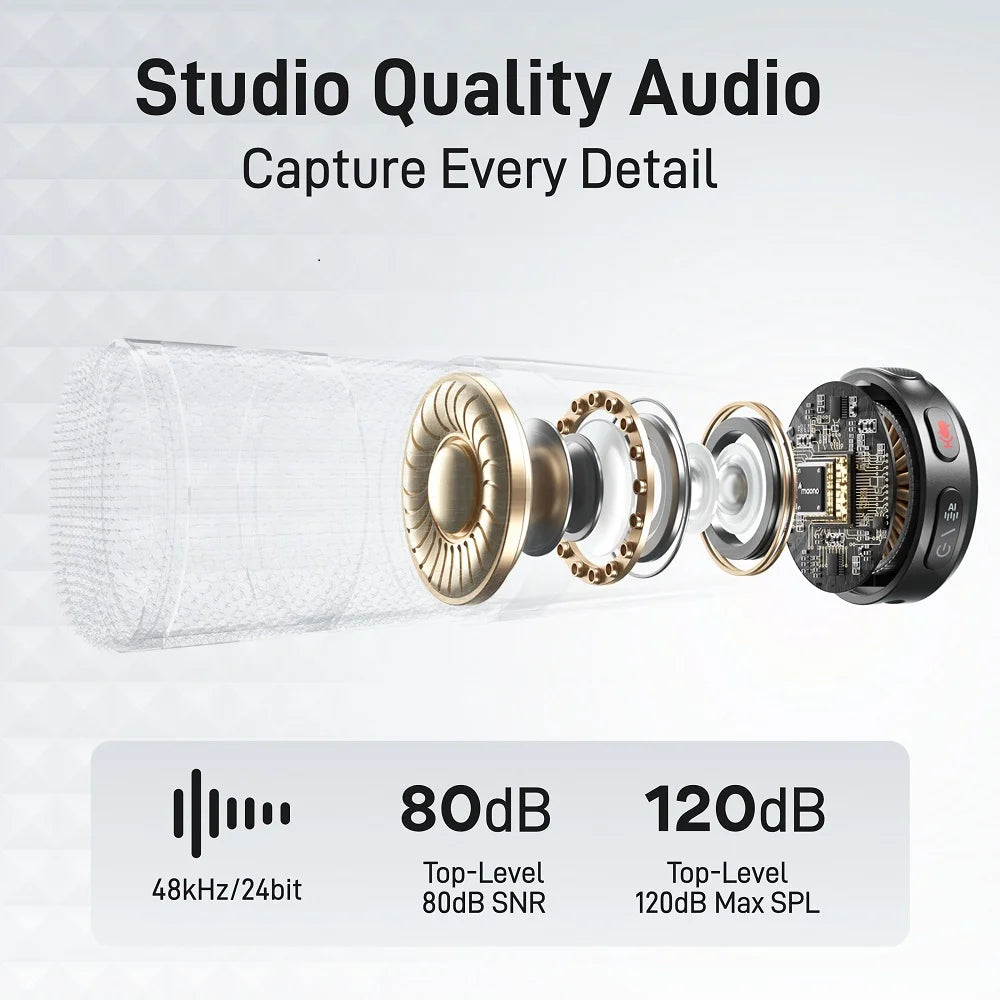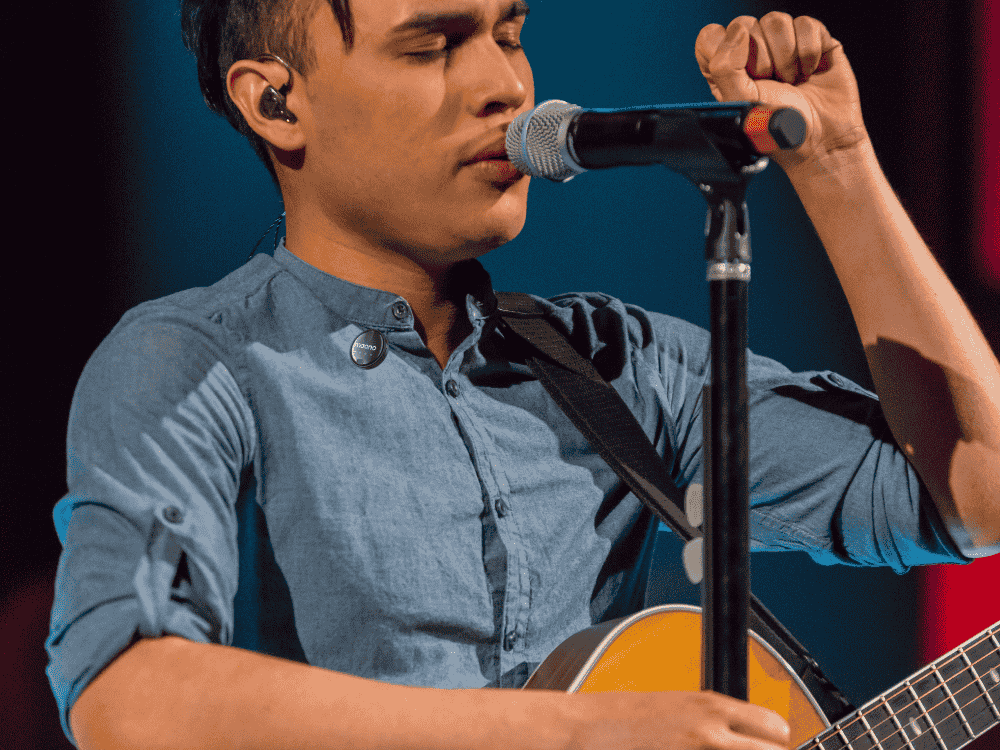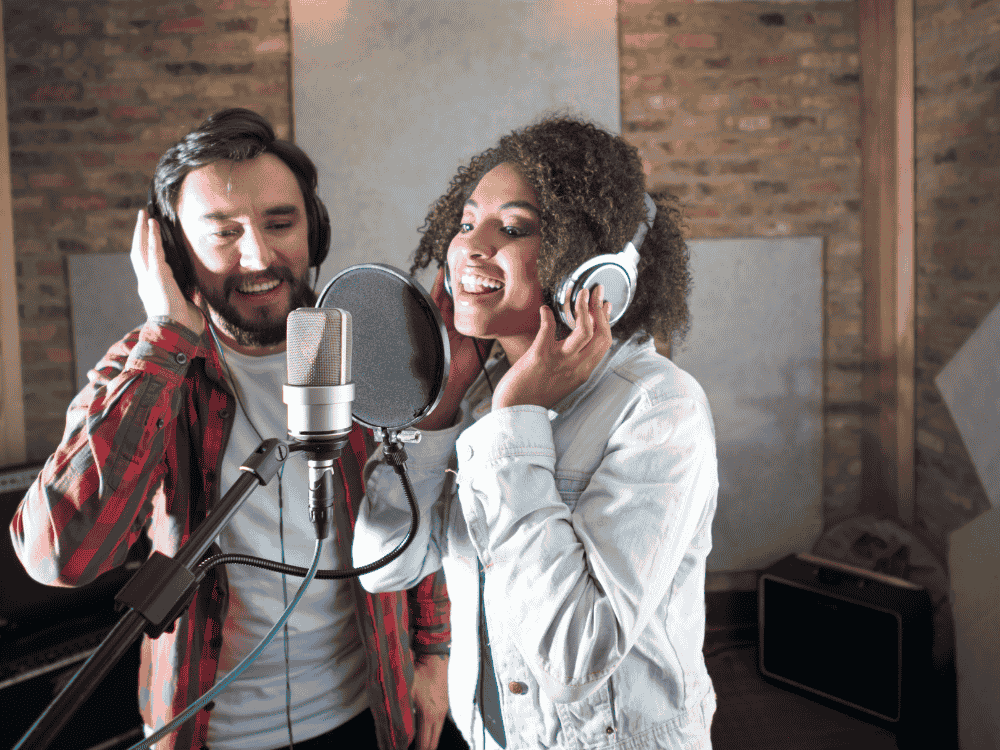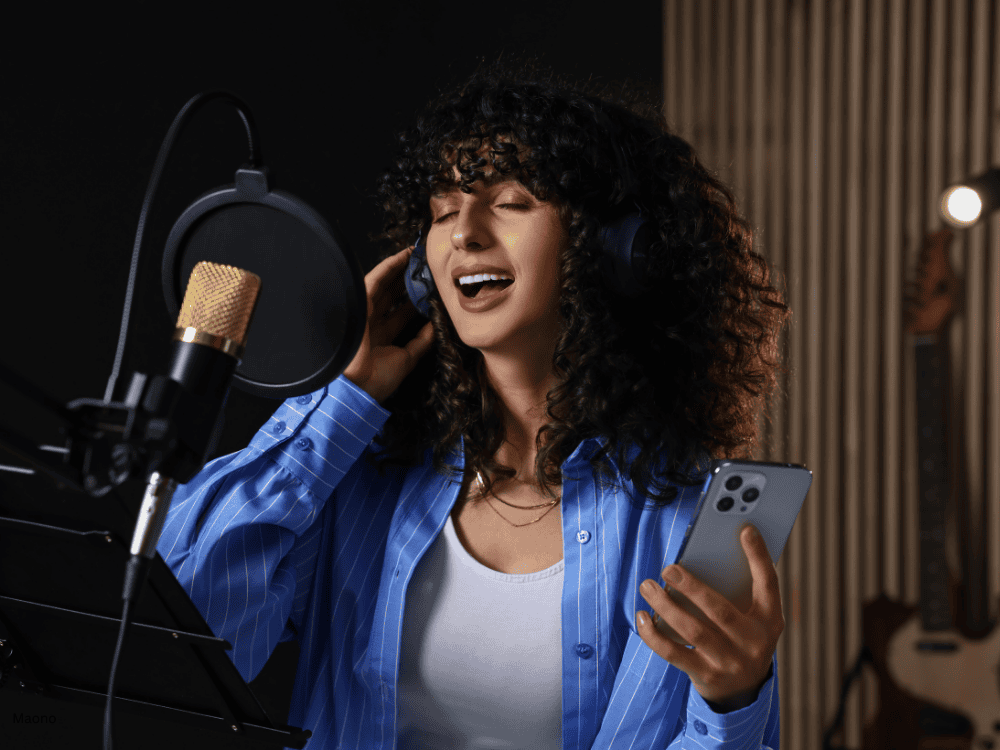Capturing high-quality vocals is crucial when you’re dealing with audio recording. Whether you’re a musician, podcaster, or streamer, USB microphones have revolutionized the recording landscape by offering a combination of convenience, quality, and affordability. When searching for the best USB microphone for vocals, it's essential to consider various factors that contribute to sound quality and usability. USB microphones have become popular for recording vocals due to their ease of use and impressive sound quality. Unlike traditional XLR microphones, which require additional equipment like audio interfaces, USB microphones can be directly connected to a computer, making them ideal for home studios and on-the-go recording. They offer a plug-and-play solution that simplifies the recording process, allowing users to focus on their performance.
Is a USB Microphone Best for Recording Vocals?
USB microphones have become popular for recording vocals due to their ease of use and impressive sound quality. Unlike traditional XLR microphones, which require additional equipment like audio interfaces, USB microphones can be directly connected to a computer, making them ideal for home studios and on-the-go recording. They offer a plug-and-play solution that simplifies the recording process, allowing users to focus on their performance.
What Is the Best Microphone for Recording Vocals?
The best microphone for recording vocals depends on your specific needs and budget. However, USB microphones like the Blue Yeti, Audio-Technica AT2020USB+, and Rode NT-USB are consistently recommended by experts for their excellent sound quality and versatility. These models provide a range of features suited for various recording environments and styles, making them top choices for vocal recording. It's indeed the best alternative to XLRs.

What's the Best USB Microphone for Recording Vocals?
When it comes to recording vocals, there are several USB microphones that are highly regarded for their sound quality, ease of use, and value for money. Here are the standout USB microphones that are excellent for vocal recording:
1. Blue Yeti
The Blue Yeti is renowned for its versatility and superior sound quality. It features multiple polar patterns (cardioid, bidirectional, omnidirectional, and stereo), making it suitable for different recording scenarios. Its high-resolution audio output and built-in gain control make it a favorite among vocalists, podcasters, and streamers.
2. Audio-Technica AT2020USB+
The Audio-Technica AT2020USB+ is a condenser microphone with a cardioid polar pattern, ideal for isolating vocals. Its extended frequency response (20Hz to 20kHz) captures every nuance of your voice, delivering clear and natural sound. The built-in headphone jack with volume control allows for real-time monitoring, enhancing the recording experience.
3. Rode NT-USB
The Rode NT-USB offers professional-grade audio quality with a wide frequency response (20Hz to 20kHz) and a cardioid polar pattern that minimizes background noise. Its zero-latency monitoring and direct mix control make it a top choice for serious vocal recording.
4. Maono AU-A04 USB
Type: Condenser Microphone
Frequency Response: 30Hz to 16kHz
Polar Pattern: Cardioid
Connectivity: USB
Notable Features: High signal-to-noise ratio (SNR), durable metal construction
The Maono AU-A04 USB is a condenser microphone designed to capture a wide range of vocal nuances with clarity. Its cardioid polar pattern focuses on sound from the front while minimizing background noise, making it ideal for home studio recording. The plug-and-play USB connectivity makes it easy to use without needing additional equipment. With its high SNR and sturdy build, this microphone offers great performance for beginners and budget-conscious users.
Why It’s Great for Recording Vocals: The Maono AU-A04 USB is perfect for those starting out in vocal recording due to its affordable price, ease of use, and clear sound quality. Its cardioid pattern ensures focused vocal capture with minimal background interference.
5. Maono PD200X
Type: Dynamic Microphone
Frequency Response: 20Hz to 20kHz
Polar Pattern: Cardioid
Connectivity: USB and XLR
Notable Features: Built-in headphone jack for real-time monitoring, LED mute button
The Maono PD200X is a versatile dynamic microphone that offers both USB and XLR connectivity, making it suitable for a variety of recording setups. Its cardioid polar pattern isolates the vocal input effectively, while the extended frequency response ensures detailed sound capture. The built-in headphone jack allows for real-time monitoring, and the LED mute button provides quick control during recording sessions.
Why It’s Great for Recording Vocals: The PD200X stands out for its strong build and flexible connectivity options, making it suitable for both home studios and professional environments. Its ability to handle high sound pressure levels ensures clear and distortion-free vocal recordings.
6. Maono AU-PM422
Type: Condenser Microphone
Frequency Response: 20Hz to 20kHz
Polar Pattern: Cardioid
Connectivity: USB
Notable Features: Touch-sensitive mute button, built-in pop filter, adjustable metal shock mount
The Maono AU-PM422 is a high-sensitivity condenser microphone that captures a wide range of vocal frequencies with precision. Its cardioid polar pattern reduces unwanted background noise, focusing on the sound source directly in front of the microphone. The touch-sensitive mute button, built-in pop filter, and adjustable metal shock mount enhance the recording process, providing cleaner and more professional-quality recordings.
Why It’s Great for Recording Vocals: The AU-PM422’s high sensitivity and additional features, such as the built-in pop filter and shock mount, make it an excellent choice for capturing detailed vocal performances. Its user-friendly design and high-quality sound output are ideal for both novice and professional vocalists.
Summary
Among these options, the Maono AU-PM422 stands out as the best Maono USB microphone for recording vocals due to its comprehensive features, high sensitivity, and excellent sound quality. However, the Maono PD200X and Maono AU-A04 USB are also strong contenders, offering great value and performance depending on your specific needs and recording environment. The Maono microphones are the best USB microphone for recording vocals due to its versatility and affordability.
What Is the Best USB Microphone for Acoustic Guitar and Vocals?
Rode NT-USB Mini
For recording both acoustic guitar and vocals, the Rode NT-USB Mini is an excellent choice. Its compact size and high-quality condenser capsule capture the richness of vocals and the nuances of acoustic guitar. The cardioid polar pattern ensures focused sound capture, making it ideal for solo performances. For a casual singer or musician, AU- PM422 is suitable for you. When looking for a Maono USB microphone that excels in recording both vocals and guitar, consider the Maono PM422. Here's why it's the best choice:
Maono AU-PM422
The Maono AU-PM422 is a versatile condenser microphone designed for capturing vocals and acoustic instruments like guitars with clarity and detail. Its cardioid polar pattern focuses on sound from the front while minimizing background noise, making it ideal for solo recordings. The microphone features a touch-sensitive mute button for easy control, a built-in pop filter to reduce plosive sounds, and an adjustable metal shock mount to reduce vibrations and handling noise.

Why It’s Great for Recording Vocals and Guitar:
The AU-PM422’s wide frequency response and high sensitivity ensure it captures the nuances of both vocals and acoustic guitar performances effectively. Its cardioid polar pattern isolates the sound source, delivering clear and focused recordings. Whether you're recording vocals or strumming acoustic guitar, this microphone offers professional-quality audio with the convenience of USB connectivity.
Key Factors to Consider When Selecting a USB Microphone
When choosing a USB microphone for home recording, streaming, gaming, or podcasting, consider the following factors:
- Sound Quality:
Look for microphones with a wide frequency response and high sensitivity to capture detailed sound.
- Polar Pattern
Choose a polar pattern that suits your recording environment (e.g., cardioid for solo vocals, omnidirectional for group recordings). Build Quality: Ensure the microphone is durable and built to last.
- Connectivity
USB microphones offer plug-and-play convenience but check for additional features like headphone jacks for monitoring.
- Accessories
Pop filters, shock mounts, and boom arms can enhance your recording setup.
Microphone Accessories to Look for:
1. Pop Filter
A pop filter is essential for reducing plosive sounds (like "p" and "b") that can distort recordings. It’s a simple accessory that makes a significant difference in vocal clarity.
2. Shock Mount
A shock mount isolates the microphone from vibrations and handling noise, ensuring cleaner recordings. It’s particularly useful in preventing unwanted noise from desk movements or typing.
3. Boom Arm
A boom arm provides flexible positioning for your microphone, allowing you to adjust it easily for the best recording angle. It also helps keep your workspace tidy.
Distinguishing Professional-Grade USB Microphones from Budget-Friendly Models
Professional-grade USB microphones typically offer superior sound quality, build quality, and additional features compared to budget-friendly models. They often have higher sensitivity, lower self-noise, and better frequency response. Advanced features like multiple polar patterns, high-pass filters, and zero-latency monitoring are common in professional microphones, providing more control over the recording process.
Importance of Polar Pattern for Different Audio Recording Scenarios
The polar pattern of a microphone determines how it picks up sound from different directions:
- Cardioid: Ideal for solo vocals and podcasting as it focuses on sound from the front and rejects background noise.
- Omnidirectional: Captures sound from all directions, suitable for group recordings and capturing ambient sound.
- Bidirectional: Picks up sound from the front and back, useful for interviews and duet performances.
- Stereo: Creates a natural sound field, great for ASMR and capturing instruments in stereo.
More FAQs: Can a USB Microphone Be Used for Recording Voices and Musical Instruments?
Yes, USB microphones can be used for recording both voices and musical instruments. Condenser USB microphones, in particular, are well-suited for this purpose due to their wide frequency response and sensitivity. For example, the Audio-Technica AT2020USB+ excels in capturing vocals and acoustic instruments with clarity and detail.
For more casual artists, picking up their guitar, clarinet, or cello playing with the same USB microphone that records their voice for podcasts or streams is more than sufficient. But keep in mind that certain instruments, like pianos and drums, could need specific microphones or a multi-microphone arrangement to fully record all of their sound output.
Best Microphone for Guitar Recording
For guitar recording, especially acoustic, a condenser microphone like the Rode NT-USB Mini or the Audio-Technica AT2020USB+ is ideal. These microphones capture the intricate details and resonance of the guitar, delivering rich and natural sound.
For budget friendly option, the best USB microphone for vocals and guitar is the Maono AU-PM422.
Choosing the Microphone According to Sound Reproduction Technology
Microphones can be classified based on their sound reproduction technology:
- Dynamic Microphones: Durable and capable of handling high sound pressure levels, making them ideal for live performances and loud instruments.
- Condenser Microphones: Highly sensitive and accurate, suitable for studio recordings of vocals and acoustic instruments.
- Ribbon Microphones: Known for their smooth and natural sound, often used in professional studio settings for vocals and instruments.
- USB Microphones: Convenient and versatile, combining condenser or dynamic capsules with USB connectivity for easy use with computers.
Connectivity Technology Used by the Microphone
USB microphones typically use USB-A or USB-C connectivity, providing a direct digital connection to computers and other devices. This plug-and-play technology eliminates the need for additional audio interfaces, making setup simple and convenient.
Technical Specifications to Consider When Choosing a Microphone
When selecting a USB microphone, consider the following technical specifications:
1. Frequency Response
Indicates the range of frequencies the microphone can capture. A wider range ensures more detailed sound.
2. Sensitivity
Measures how well the microphone converts sound into an electrical signal. Higher sensitivity means better sound capture.
3. Self-Noise
The inherent noise produced by the microphone. Lower self-noise is preferable for clean recordings.
4. Impedance
Impedance is like resistance, but for electrical signals. It’s a measure of how much a device (like a microphone) resists the flow of electrical current.
When picking a microphone, impedance is important because it affects how well the microphone works with other audio equipment. If the microphone's impedance doesn't match well with the input it's connected to (like a mixer or an audio interface), it can result in poor sound quality or lower volume. Generally, a lower impedance microphone (below 600 ohms) is preferred because it can produce better sound quality and is less affected by long cable runs.
5. Max SPL (Sound Pressure Level)
The maximum sound pressure level is the maximum volume the microphone can handle without distortion. Important for recording loud sources.
6. HPF (High-Pass Filter)
A high-pass filter (HPF) is a feature that allows higher-frequency sounds to pass through while reducing or eliminating lower-frequency sounds. It essentially "filters out" the bass or low-frequency noises.
The presence of a high-pass filter is important when selecting a microphone because it helps in reducing unwanted low-frequency noises such as rumble, handling noise, and background hum. This makes the recorded audio cleaner and more focused on the intended sound source, such as vocals or instruments, resulting in better overall sound quality.
How to Choose the Best USB Mic for Vocals
To choose the best USB microphone for recording vocals,
Tip#1 Do a quick research and familiarize yourself with the basic terms used in audio equipment and microphones or read more in this article: Basic Audio Terms You Should Learn Before Buying a Microphone
Tip#2 Decide your intent of use and what kind of environment would you like to record. Are you going to record in a treated studio or are you going to sing in an untreated room?
Tip#3 The factors and specifications you’re going to look for in a microphone depending on how you would like to sound.
Tip#4 Consider your budget or financial limitations in the selection process. You should only buy within your means.
Conclusion
The best USB microphone for vocals involves considering various factors such as sound quality, polar pattern, and additional features. Top models like the Blue Yeti, Audio-Technica AT2020USB+, and Rode NT-USB offer excellent options for vocalists, ensuring high-quality recordings with ease. For recording vocals and guitar, the best budget USB microphone for vocals is the Maono AU-PM422--it stands out as the best Maono USB microphone due to its versatile performance, excellent sound quality, and thoughtful features designed to enhance recording sessions. Whether you're a singer-songwriter or a podcaster looking to capture acoustic performances, the AU-PM422 provides the clarity and detail needed for professional-level recordings.
Understanding the importance of accessories, technical specifications, and the right microphone type for your needs will help you make an informed decision and elevate your recording experience. Whether you’re a singer, podcaster, or streamer, the right USB microphone can make all the difference in capturing your voice with clarity and precision.


